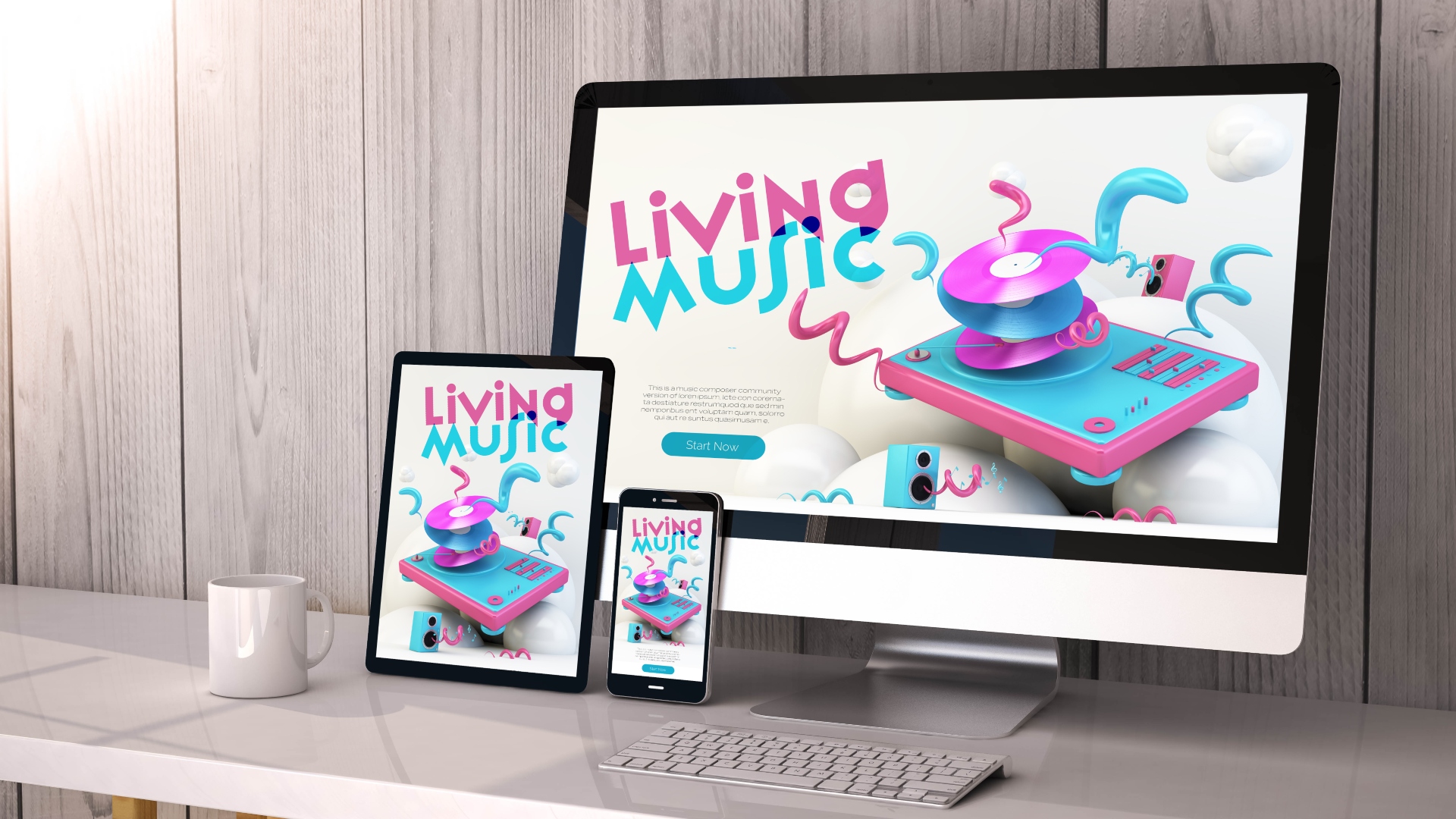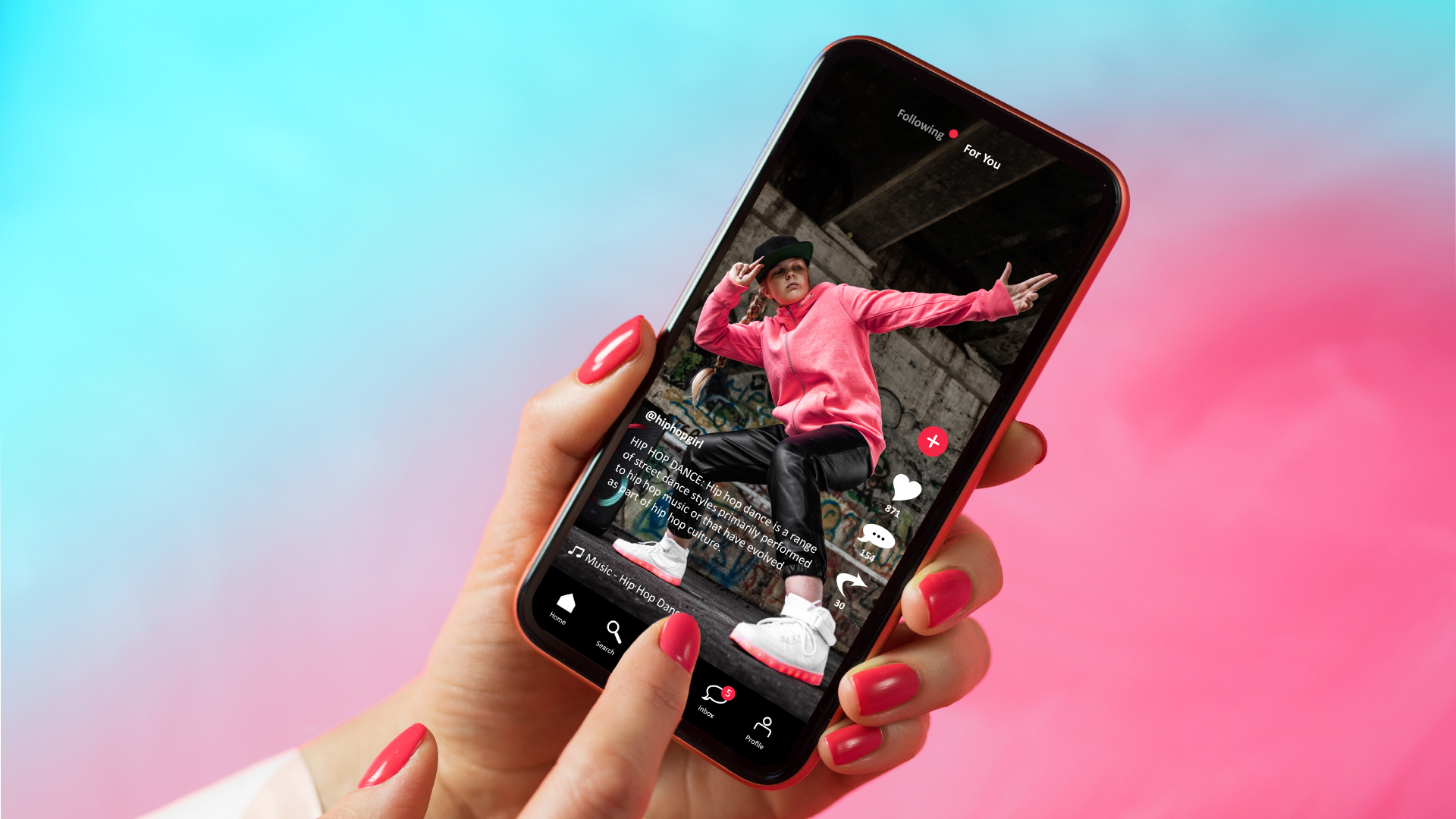The world of work is changing, and businesses are being challenged to keep pace with the demands and expectations of today’s increasingly flexible and diverse workforce.
Those who don’t will find themselves unable to attract and retain the best employees.
Kyle discusses the best strategies and benefits to help source, manage, motivate and retain top talent in a changing workplace, while controlling costs.
Be aware of changing labour trends
There’s no one solution for managing a diverse workforce, but understanding how society is changing is key for tapping into solutions
Examining some of the key workplace changes (i.e.: the rise of technology, flexible working and hyper-connectivity)
Discussing policies and benefits to support employee needs as these workplace changes develop
Create options
Why voluntary benefits are one way to create a benefits package that appeals to all workforce generations
Discussing the best options which allow employees to choose and pay for the benefits which best suit their individual needs (i.e.: critical illness, dental insurance, cash plans, retail discounts, etc.)
Commitment to wellness
Why employers should introduce health and wellbeing strategies as part of their benefits offerings (e.g.: access to onsite health screenings, wellness experts, EAPs and gym memberships)
How to tailor these benefits to support a diverse workforce at every stage of their life
Avoid stereotypes
Why it’s important to avoid generational stereotypes when making decisions about company benefits
(E.g.: contrary to popular belief, almost two thirds of millennials care about work perks and benefits — even more than their older peers)
The best in-house strategies business and HR teams can use to get a better understanding of their workforce demographic
Improve benefits communication
Attracting, retaining and engaging employees may depend on how well employees understand — and therefore take advantage of – available benefits offerings
Different generations have clear communication preferences, so it’s important to tailor efforts to your workforce
Examples of the best communication channels for different demographics
Why it’s important to use technology to supplement, not replace face-to-face, ongoing communication












